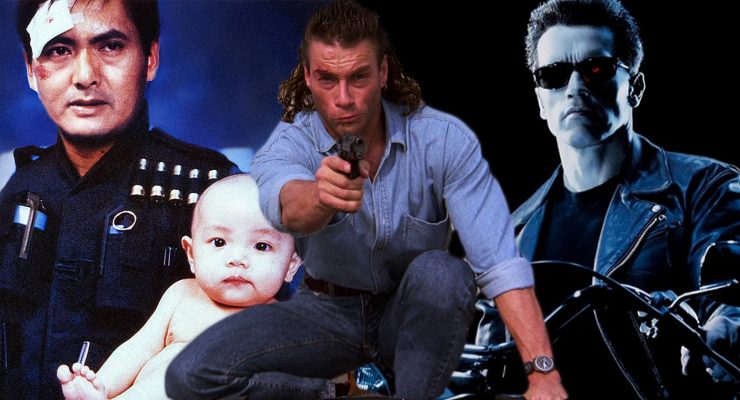Rachel Bellwoar on AMC’s Preacher adaptation…
Similar to Martin Carr, who writes the show’s episode reviews, I started Preacher only slightly familiar with Garth Ennis and Steve Dillon’s graphic novels.
The question of when to tackle the source material, however, had been tossing around in my head for a while. Usually, with shows like Game of Thrones, I’m a watch first, read after person. Preacher seemed to call for a different approach. A series that attracted attention, with its unlikely trio of preacher, girlfriend, and Irish vampire, I found myself, the weekend the “Pilot” aired, ignoring routine and grabbing Book 1 off of Amazon.
Now halfway through Vertigo’s six volume collection, and preparing to watch the season finale, this simultaneous reading-viewing approach to Preacher has taught me two things: direct comparison can be a lot of fun. It can also mar an ambitious adaptation with immediate point by point tearing apart of any divergences from the original.
When I started both Preachers I was consuming them at the same pace. The lack of a weekly wait period allowed the novels to get ahead. Since the TV show is also a prequel to Book 1, preset notions, of what this story and its characters should look like, set in.
Nonetheless, passing judgement this early in, on how executive producers Evan Goldberg, Seth Rogen, and Sam Catlin have approached the material, is unfair. Like or dislike everything they’ve done, the show is entertaining, impeccably cast, and an amazing feat after being in project-limbo for years. Change is not always bad.
There is a lot of change, though, and if I had to draw attention to one in particular it would be Jesse’s dad, John Custer. On the surface a minor character, his impact comes from his influence on his son. The show maintains how much Jesse looks up to his father, and is haunted by his last words of, “You gotta be one of the good guys,” but as representation of a good guy, TV John is flawed. Thus if TV Jesse is less honorable and likable than his literary counterpart, it’s because his role model for “goodness” is imperfect.
Take how TV John beats Jesse in front of his friends to teach him a lesson in episode four, “Monster Swamp“. John Custer of the books had a temper, and he certainly wasn’t adverse to violence, but he never hurt his son.
Then there’s the change to TV John’s career path. Book John was never a preacher but a veteran in the Vietnam war, whose story is the focus of Volume 2’s amazing flashback issue, “Texas and the Spaceman.”
The modern setting, needed to allow a scene like Emily smashing her kids’ iPad in the “Pilot,” meant many of the books’ dated references were removed from the show (John Wayne, Kurt Cobain, Vietnam). Still, wars have happened since Vietnam, and this plot line could’ve been carried over through a more recent conflict. Instead, we have TV Jesse actually following his dad’s footsteps (taking over his church), instead of following him in a more symbolic, moral compass way, as in the books.
John Custer is a perfect example of why adaptation is such a difficult and divisive process. Every detail makes a difference to the whole. Jesse is written consistently for his portrayal on the show, but not his characterization in the graphic novels. The only way this becomes a problem is if you hold the TV series to the expectation of a close adaptation. To truly enjoy the overlapping elements of both Preachers, you have to treat them as separate, individual entities.
Comparison too often comes with phrases like “better” or “worst,” when, really, it’s just “different.” Taken from an open perspective, having two Preachers can be a lot of fun for appreciating the creative choices that go into creating a cult title of such fervor as this one.
SEE ALSO: AMC renews Preacher for a second season
Rachel Bellwoar
. url=”.” . width=”100%” height=”150″ iframe=”true” /]
https://youtu.be/b7Ozs5mj5ao?list=PL18yMRIfoszEaHYNDTy5C-cH9Oa2gN5ng











